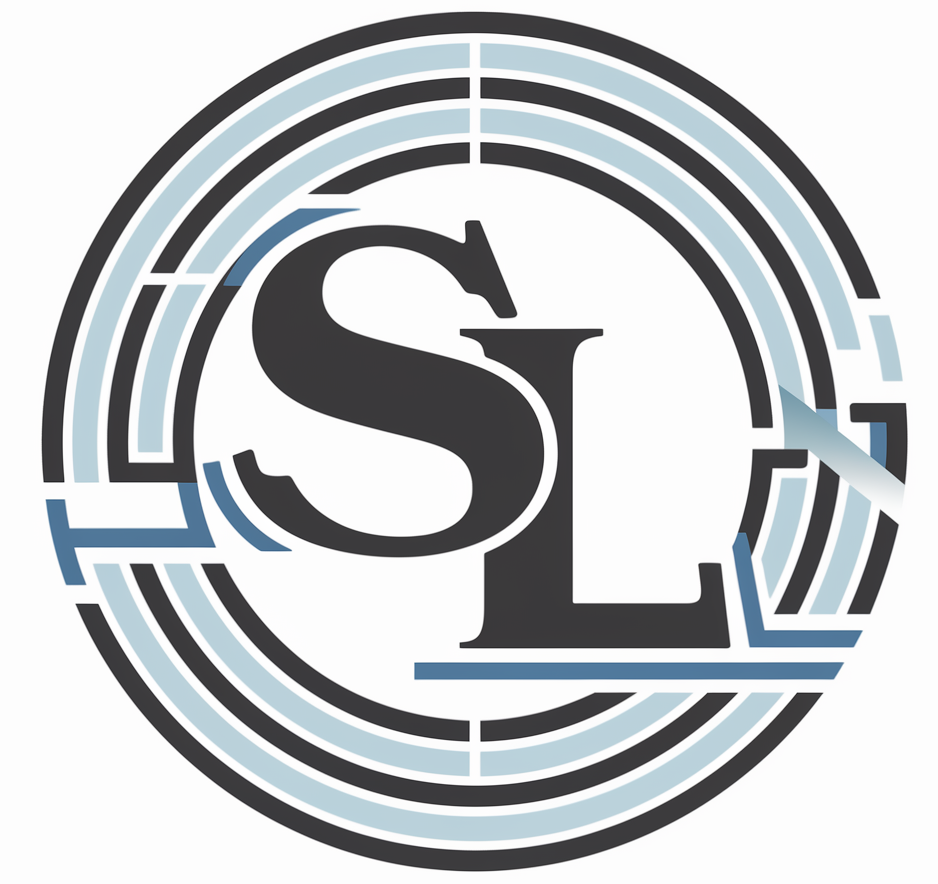Introduction to ADA Crypto
ADA is the native cryptocurrency of the Cardano blockchain platform, designed to facilitate decentralized applications (dApps), smart contracts, and secure transactions. Developed by Input Output Hong Kong (IOHK) and led by Charles Hoskinson, co-founder of Ethereum, Cardano aims to address the scalability, interoperability, and sustainability challenges faced by existing blockchain networks.
What is ADA Crypto?
ADA is the digital currency that powers the Cardano ecosystem. It serves as a means of exchange for transactions on the network and is used to pay transaction fees. ADA holders can also participate in staking, contributing to the network’s security and earning rewards in return.
The cryptocurrency is named after Ada Lovelace, a 19th-century mathematician recognized as the first computer programmer. The name reflects Cardano’s commitment to scientific principles and rigorous academic research in its development.
Overview of Cardano Blockchain
Cardano is a third-generation, open-source blockchain platform that employs a unique Proof of Stake (PoS) consensus mechanism called Ouroboros. This protocol enables sustainable and energy-efficient operation of the network while maintaining a high level of security.
The platform is built on a two-layer architecture:
- The Cardano Settlement Layer (CSL) handles ADA transactions and tracks the balances of token holders.
- The Cardano Computation Layer (CCL) manages smart contracts and decentralized applications.
This separation of layers allows for greater scalability and flexibility, as each layer can be upgraded independently without affecting the other.
Key Features of Cardano
Cardano boasts several distinctive features that set it apart from other blockchain platforms. These features contribute to its goals of scalability, interoperability, and sustainability.
Two-Layer Architecture
As mentioned earlier, Cardano’s two-layer architecture is a key feature that enhances its scalability and adaptability. The CSL and CCL operate independently, allowing for efficient processing of transactions and execution of smart contracts. This structure also enables the platform to implement soft forks and protocol upgrades without causing disruptions to the entire network.
Ouroboros Proof of Stake
Ouroboros is Cardano’s proprietary PoS consensus algorithm, which is designed to provide a secure, sustainable, and decentralized way of validating transactions and creating new blocks. In this system, ADA holders can stake their tokens to participate in the network’s operation and earn rewards proportional to their stake.
Compared to the energy-intensive Proof of Work (PoW) mechanism used by Bitcoin and other cryptocurrencies, Ouroboros offers a more environmentally friendly and cost-effective solution for achieving consensus.
Smart Contracts and Plutus
Cardano supports the development and execution of smart contracts through its Plutus platform. Plutus is a Turing-complete smart contract language based on Haskell, a functional programming language known for its robustness and security. Developers can use Plutus to create complex smart contracts and decentralized applications on the Cardano network.
Plutus also features a unique concept called “extended UTxO” (eUTxO), which combines the simplicity of Bitcoin’s UTxO model with the expressiveness of Ethereum’s account-based model. This allows for more secure and efficient execution of smart contracts.
Decentralized Applications (dApps)
With its smart contract capabilities, Cardano provides a platform for developers to build and deploy decentralized applications (dApps). These dApps can serve various purposes, such as decentralized finance (DeFi), supply chain management, identity verification, and more.
The combination of Cardano’s scalable architecture and the security of the Plutus smart contract platform creates a favorable environment for the development of dApps that can serve a global user base.
Cardano’s Role in Decentralized Finance (DeFi) and NFTs
Cardano has been making significant strides in the rapidly growing sectors of decentralized finance (DeFi) and non-fungible tokens (NFTs). The platform’s features and upcoming developments position it as a strong contender in these areas.
Decentralized Finance (DeFi) on Cardano
DeFi has emerged as one of the most prominent use cases for blockchain technology, enabling the creation of decentralized financial services such as lending, borrowing, and trading. Cardano’s smart contract capabilities and scalable architecture make it well-suited for building DeFi applications.
Some notable DeFi projects on Cardano include:
- Liqwid Finance: A decentralized lending and borrowing protocol
- Cardax: A decentralized exchange (DEX) for trading native Cardano tokens
- SundaeSwap: An automated market maker (AMM) DEX with yield farming opportunities
As more DeFi projects launch on Cardano, the platform aims to offer a more secure, scalable, and interoperable ecosystem for decentralized finance.
Non-Fungible Tokens (NFTs) on Cardano
Non-fungible tokens (NFTs) have gained immense popularity as a way to represent and trade unique digital assets, such as artwork, collectibles, and virtual real estate. Cardano provides a robust infrastructure for creating, managing, and trading NFTs.
The platform’s native token standard for NFTs, called “Cardano Native Tokens” (CNTs), allows for the seamless creation and transfer of NFTs without the need for smart contracts. This approach reduces the complexity and costs associated with NFT transactions.
Notable NFT marketplaces and projects on Cardano include:
- CNFT.io: A multi-chain NFT marketplace supporting Cardano NFTs
- SpaceBudz: A collection of unique digital astronauts stored as NFTs on the Cardano blockchain
With its focus on security, scalability, and interoperability, Cardano is well-positioned to support the growth of the NFT ecosystem.
Staking and Governance in Cardano
Cardano’s Proof of Stake consensus mechanism and governance model are designed to encourage decentralization and community participation in the network’s operation and decision-making processes.
Staking ADA
ADA holders can participate in staking, which involves delegating their tokens to a stake pool operator (SPO) or running their own stake pool. By staking ADA, users contribute to the network’s security and consensus process, earning rewards in return.
Staking in Cardano is designed to be user-friendly and accessible, with low entry barriers and no minimum staking requirements. This approach promotes decentralization by encouraging widespread participation in the network’s operation.
Governance Mechanisms
Cardano employs a unique governance model called “Project Catalyst,” which allows ADA holders to propose, vote on, and fund projects that contribute to the development and growth of the Cardano ecosystem. This community-driven approach ensures that the network evolves in a direction that aligns with the interests of its users.
Through Project Catalyst, ADA holders can:
- Submit project proposals for consideration
- Vote on proposals using their staked ADA
- Receive funding for approved projects from the Cardano treasury
This participatory governance model aims to create a self-sustaining and evolving ecosystem that adapts to the needs of its users.
Cardano’s Development Eras
Cardano’s development is divided into five distinct phases, or “eras,” each focusing on a specific aspect of the platform’s functionality and performance.
Byron Era
The Byron era marks the initial launch of the Cardano mainnet, enabling users to buy, sell, and trade ADA. During this phase, the foundation for Cardano’s two-layer architecture was established, setting the stage for future developments.
Shelley Era
The Shelley era introduced the decentralization of block production and staking, allowing ADA holders to participate in the network’s consensus process. This phase also saw the implementation of the Ouroboros Proof of Stake algorithm, enhancing the network’s security and sustainability.
Goguen Era
The Goguen era focuses on the integration of smart contracts and the creation of a multi-asset ledger. This phase brings the introduction of the Plutus smart contract platform and the ability to create and trade native tokens on the Cardano blockchain. The Goguen era is a significant milestone in Cardano’s journey to become a comprehensive smart contract platform.
Basho Era
The Basho era aims to optimize and scale the Cardano network to support increased transaction throughput and interoperability with other blockchains. This phase will introduce sidechains, parallel accounting styles, and other performance improvements to enhance the network’s scalability.
Voltaire Era
The Voltaire era focuses on the implementation of a self-sustaining governance model, enabling ADA holders to influence the network’s future development. This phase will introduce a voting and treasury system, allowing the community to propose and fund projects that benefit the Cardano ecosystem.
As Cardano progresses through these eras, it continues to evolve and adapt to the needs of its users and the broader blockchain industry.
Current Market Status of ADA
ADA, the native cryptocurrency of the Cardano network, has experienced significant growth and market interest since its introduction in 2017.
ADA Price and Market Cap
As of this writing, ADA is trading at approximately $0.3456, with a market capitalization of around $12.42 billion. The cryptocurrency currently ranks #11 among all digital assets by market cap.
Historical Price Performance
ADA’s price has experienced several notable highs and lows throughout its history. The cryptocurrency reached its all-time high of $3.10 on September 2, 2021, during a period of heightened interest in the Cardano network and its upcoming smart contract capabilities. Conversely, ADA’s all-time low was recorded on October 1, 2017, at $0.01735, shortly after its initial launch.
Community Sentiment
The Cardano community is known for its active engagement and strong belief in the network’s long-term potential. Current community sentiment is largely bullish, with 66% of participants expressing a positive outlook on ADA’s future price performance. The Fear & Greed Index, a measure of market sentiment, currently stands at 46/100, indicating a neutral sentiment among investors.
As Cardano continues to develop and deliver on its roadmap, the community remains optimistic about the network’s future growth and adoption.
See also:






